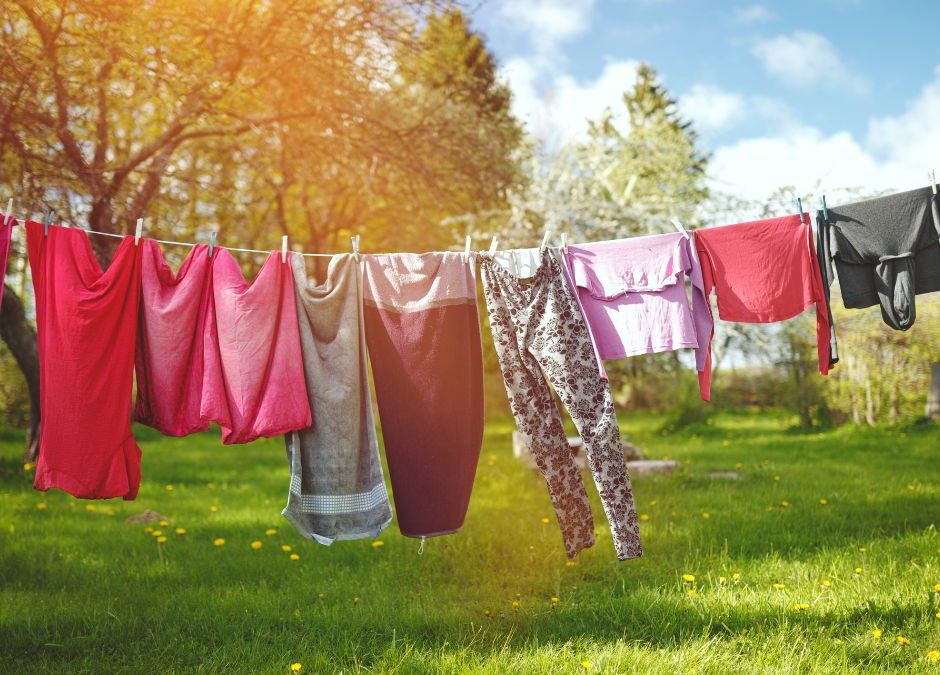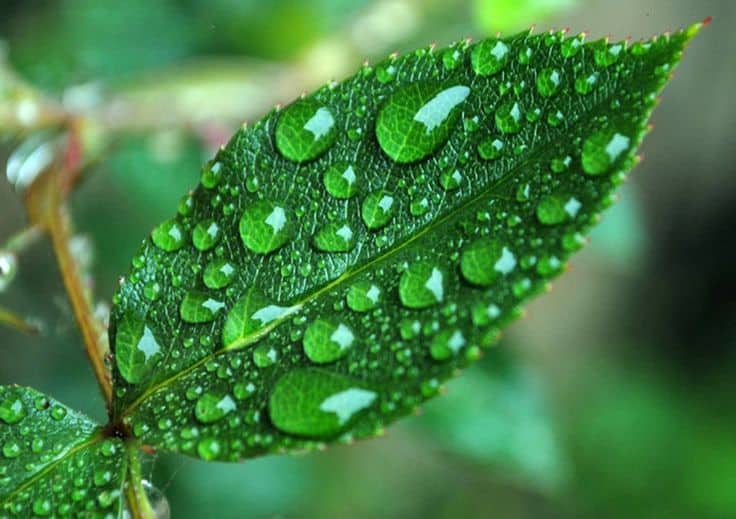When it comes to reducing your carbon footprint, a lot of attention is focused on direct sources of carbon emissions like cars. But you may not realize that just using water generates a lot of carbon as well! Since carbon emissions are the primary contributor to climate change, it’s become very important for everyone around the world to work together to tackle this problem. Read on for tips on how to reduce your carbon footprint related to water use.
water use generates carbon emissions
A carbon footprint is a way to estimate the total amount of greenhouse gas emissions you generate, from both direct and indirect activities. Driving a car is a direct activity because it actually emits carbon into the atmosphere.
Water usage is an indirect activity – it might seem like an unlikely source of carbon emissions, but it absolutely is. A lot of energy is consumed to pump, treat, deliver, and heat water. In the U.S., 13% of electricity is used just for water delivery and treatment.
In California, about 20% of statewide electricity and 30% of non-power plant natural gas is used to move, treat, and heat water. On average, every cubic meter of water consumed generates 23 lbs of carbon emissions. So, what can you do?
upgrade to water-efficient fixtures
Water-saving toilets use less than 2 gallons per flush vs old toilets that use up to 6 gallons. Install low-flow showerheads or faucets, or aerators to reduce water flow and splashing. You can identify water-efficient products by looking for the WaterSense label, meaning they meet EPA criteria for efficiency.
better dishwashing
Newer high-efficiency dishwashers actually use less water than handwashing. Wash full loads of dishes instead of running it when it’s half-empty. If you handwash, try filling a basin or dishwashing bowl with water as you scrub instead of keeping the tap running.
take care of leaks
A drop of water out of the faucet may seem insignificant, but boy does it add up. Untreated leaks waste a lot of water over time. Repair those leaky faucets and running toilets as soon as you can. A typical leaky toilet wastes 200 gallons a day!
laundry
Doing laundry using cold water instead of hot reduces the energy use and cost of heating water. Air dry your laundry instead of using the dryer for added energy savings.
behavioral changes
Don’t run the faucet when you brush your teeth (this could save 200 gallons a month). And if you can, take shorter showers.
in your garden
Plant native plants, flowers, and shrubs in your garden. They’ve adapted to your region’s rainfall rates, so they don’t need to be watered!
Reducing water waste is so beneficial because it reduces the depletion of a scarce resource, and also reduces the amount of greenhouse gases emitted and the energy consumed due to water usage.
Sources: WINT; University of California, Davis; Columbia Climate School.













